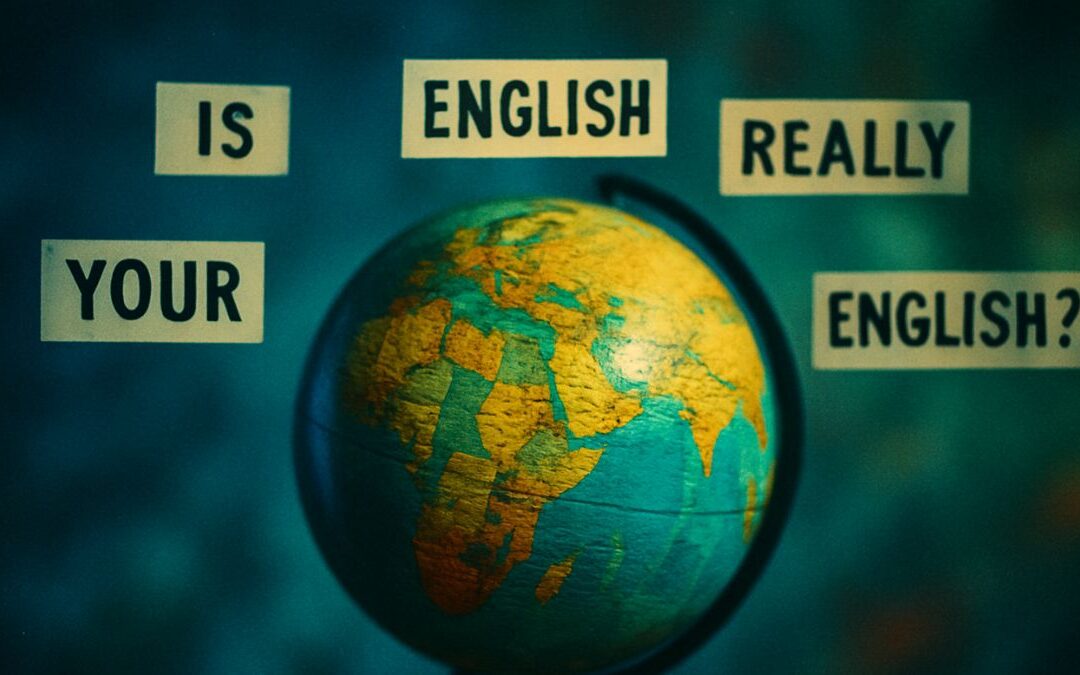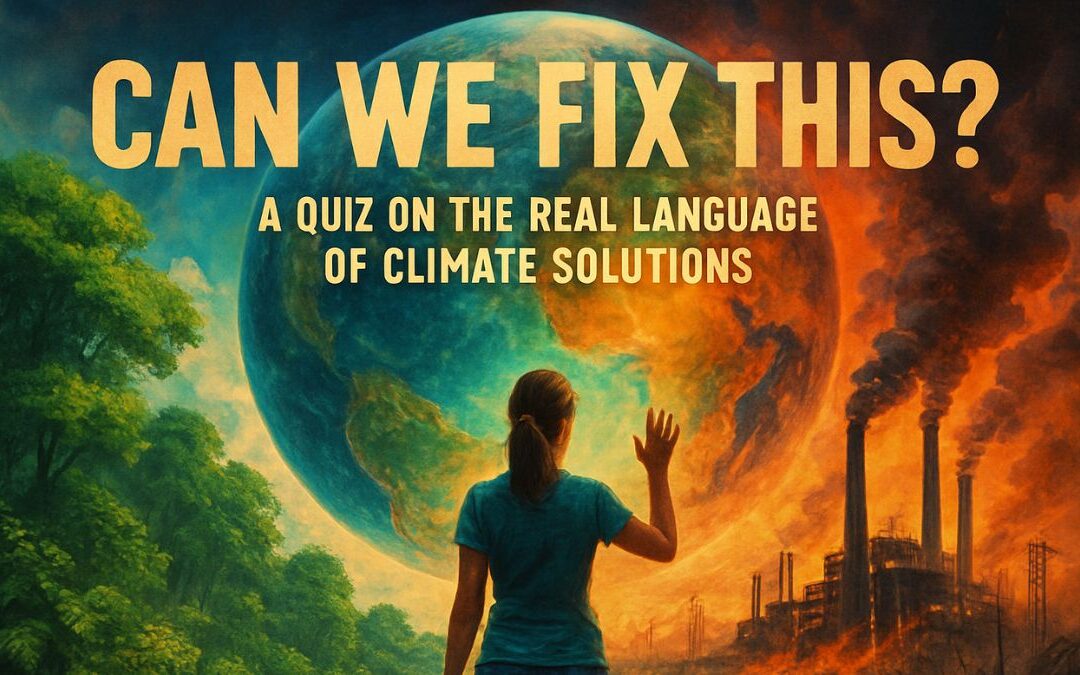Introduction
Welcome to the Academic Vocabulary Quiz for Economics! Economics is more than just graphs and numbers; it’s a way of thinking and a language for discussing everything from individual choices to global policy. Whether you’re a student of economics, a business professional, or simply someone who wants to understand the news and financial world on a deeper level, mastering its specific terminology is essential. Precise language allows for clear, powerful arguments and a sophisticated understanding of complex systems.
This quiz is designed not just to test you, but to teach you. It’s an interactive learning experience where you’ll encounter key economic terms in real-world contexts. You’ll need to think critically about the subtle differences between related concepts. The hints are there to guide your thinking, while the detailed feedback for every option will explain the ‘why’ behind each answer, helping you build a lasting and intuitive understanding. By the end of this quiz, you’ll be more confident in your ability to read, discuss, and write about economics with the precision of an expert. Let’s get started!
Learning Quiz
Decoding the Language of Economics
Hello, and welcome. Having made your way through the quiz, you’ve engaged with the core vocabulary that economists use to describe, debate, and analyze the world around us. This language can seem dense at first, but as you’ve seen, each term has a very precise job to do. Mastering this vocabulary allows you to move beyond surface-level understanding and to grasp the powerful ideas that shape policy and markets. Let’s delve a little deeper into the concepts we’ve explored.
A central theme in economics is the tension between free markets and intervention. We talk about market forces—the free-flowing interactions of supply and demand—determining prices. The ideal state is often seen as an equilibrium, where supply matches demand. However, when a government intervenes, for example, by providing subsidies, it can create market distortions. These distortions interfere with allocative efficiency, which is the idea that a society’s resources should be used to produce the mix of goods and services that people value most. The fundamental theory explaining why free trade promotes this efficiency is David Ricardo’s concept of comparative advantage. It shows that even if a country isn’t the best at producing anything (lacking an absolute advantage), it can still benefit from specializing in what it produces at the lowest opportunity cost.
When we look at an entire economy, we use aggregate measures, like aggregate demand, which is the total demand for all goods and services. Governments use two main policy tools to manage the aggregate economy. The first is fiscal policy, which involves government decisions on taxation and spending. A large infrastructure spending program is a classic example of fiscal policy in action. The second is monetary policy, carried out by the central bank, which manages interest rates and the money supply to control inflation—the general rise in prices.
At the heart of much economic theory, especially classical economics, is a model of human behavior. This model assumes that individuals act rationally to maximize their own utility, or satisfaction. Decisions are made at the margin—an economist will always ask about the cost and benefit of one additional unit, whether it’s the marginal cost of hiring one more worker or the marginal utility of consuming one more cup of coffee. However, as we saw, this model can be criticized for being too simplistic. A more advanced criticism is that these models often fail to account for heterogeneity—the simple fact that people are all different, with diverse preferences, beliefs, and behaviors.
This vocabulary also helps us describe market structures. At one extreme is a monopoly, where a single company controls the entire market. More common is an oligopoly, where a few large firms dominate. Both of these stand in contrast to a perfectly competitive market.
In the world of finance and investment, precise language is critical. We saw how risky lending to borrowers with poor credit is called subprime lending, a term that became famous during the 2008 financial crisis. We learned that attracting investment requires strong institutional frameworks—the stable, predictable systems of law and property rights that give investors confidence. We also discussed specific types of taxes, like excise taxes, which are levied on specific goods like tobacco, often to discourage consumption.
Many economic concepts are best described as a paradox, a situation that seems contradictory. The “poverty trap” is a perfect example: a country is too poor to make the investments it needs to escape poverty. This highlights the complex, often circular, challenges in economic development. Another key term we explored is elasticity, which is a powerful concept measuring responsiveness. The price elasticity of demand tells us exactly how much consumer demand will change if a price goes up or down, which is vital information for any business.
Finally, we touched on the vocabulary used to describe the modern workforce and its challenges. The rise of short-term, insecure work in the gig economy is often described using the academic term precarious employment. This word captures the lack of stability and benefits that can accompany new, more flexible forms of work. A nation that relies too heavily on a single export, like oil, faces a profound vulnerability to global price shocks, a state of exposure and weakness that can cripple its economy.
By understanding these terms—from aggregate demand to vulnerability—you are not just learning definitions. You are learning the conceptual toolkit of economists. You can better understand the news, analyze business strategy, and participate in informed discussions about the policies that affect all of our lives. Keep reading, keep questioning, and keep building on this vocabulary foundation.










0 Comments